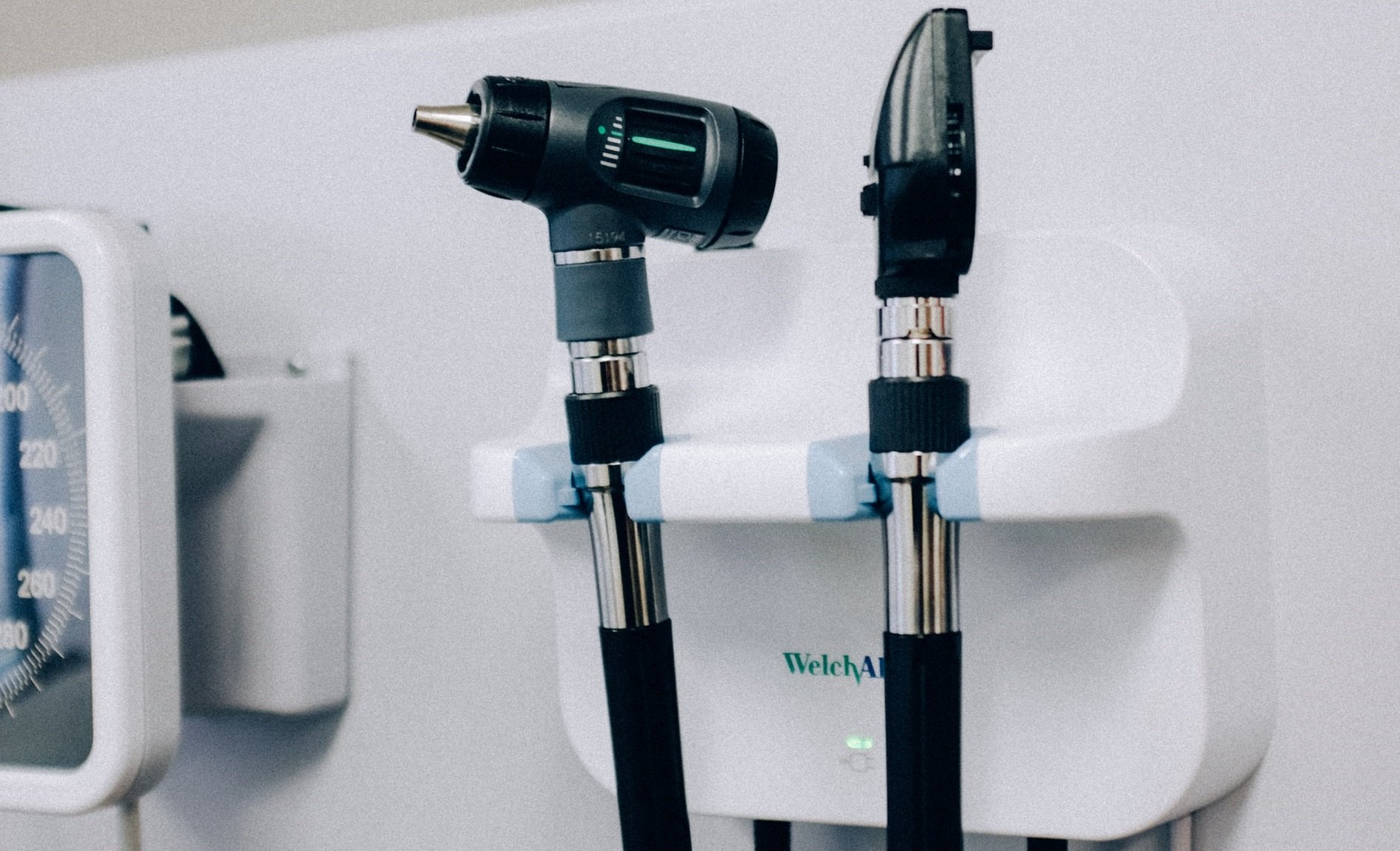
When you find out that you need a hearing aid, one of your first concerns might be its visibility to others.
It’s a known fact that in the U.S. as many as one in four individuals that could benefit from the use of a hearing aid, aren’t using one.
You wouldn’t think that a discreet hearing aid would be so significant as to be a deciding factor as to whether someone purchases a hearing aid, but a study has found that making a hearing aid virtually invisible increases the likelihood of someone purchasing one by 30 – 40 percent.
This perceived stigma clearly plays a huge role in treatment access.
There’s a reason for this – feeling happy with the cosmetics of your hearing aid can tap into your overall treatment satisfaction. This means that if you are particularly bothered at the prospect of having a noticeable hearing aid it’s worth researching the specifications of some of the more discreet hearing aid types.
In this article, we’ll be looking at Completely-in-the-Canal (CIC) hearing aids so you can get an idea of whether one might be a good fit for you.
Contents
What are CIC Hearing Aids?
As the name suggests, Completely In the Canal (CIC) hearing aids sit completely within your ear canal, making them very small and discreet devices. Unless someone looks directly inside your ear, it won’t be visible to passers-by.
CICs are custom-fit hearing aids because they are made from a mold that is taken from your ear canal. This means you’ll find them comfortable and they won’t move around inside your ear.
How do they work? Sounds are funneled down towards your ear canal. The CIC hearing aid processes and amplifies them to be sent down your ear canal to your eardrum.
CICs are a little different from Invisible-in-the-Canal (IIC) hearing aids which rest in the second bend of the ear canal and can barely be seen at all, even if you’re looking right into the ear.
Are CIC Hearing Aids Any Good?
Anecdotal reports on CICs show them to be generally very well-liked by users, with people reporting that they can still hear natural sound and have no issues detecting sound directionality.
Completely In the Canal (CIC) hearing aids have their advantages. For one, they’re almost invisible (which many people normally see as their key benefit). This might be particularly important to you if you’re young or feeling a little embarrassed about being seen wearing a hearing aid.
Second to this is the fact that CICs have an excellent comfort level. As CIC hearing aids are small and custom made, they should sit very naturally in your ear and not feel too burdensome.
As mentioned, CICs are acknowledged as effective hearing aids that provide you with a rather natural sound experience. This is because nothing is obstructing your outer ear, so sounds can still be collected here before moving towards the receiver and have some natural interaction with the eardrum.
You’ll also be able to hear where sounds are coming from for this same reason — the hearing aid sits far down your ear canal, leaving the outer ear unhindered in its vital functioning.
Advantages to CIC Hearing Aids
These features lead to some further advantages.
As CICs sit within your ear canal, manufacturers can’t place controls on the aid itself. This means you need to make adjustments through an external controller such as a remote control or dedicated app on your smartphone. You might find this to be more discreet than adjusting the aid itself.
Due to the CIC’s small size, there is no bulky device blocking the use of your phone and you can talk naturally without having to maneuver around your device. This also means that you can wear headgear such as over-the-ear headphones and helmets as you normally would. This makes it easy to still take part in all your favorite hobbies.
The CIC’s positioning also means that in comparison to other hearing aid types, you’ll experience much less noise disruption from the wind.
Disadvantages to CIC Hearing Aids
All this being said, there are some notable disadvantages to CIC hearing aids.
The CIC’s small size limits its features and power. This means that if you have severe or profound hearing loss, the CIC can’t accommodate the number of processors and the size of amplifiers needed to give you a high-powered hearing aid.
Also because of their size, you’ll find that CIC’s use incredibly small batteries and that you’ll need to change them frequently. Critically, this also means that they are only powerful enough to include basic technological features, reducing the number of useful functions that might be included in your device.
We mentioned before that you can control your CIC hearing aid through a remote or smartphone, but some people actually prefer having a control on the casing itself. As this isn’t a possibility with these devices, it might be a reason for you not to make the purchase.
It should be acknowledged that the CIC’s positioning within the ear canal means that natural moisture from within the ear and potential earwax buildup can damage the hearing aid. As correct maintenance should stop this from happening or causing an issue, this shouldn’t be a huge drawback for most people, but you should be aware that they require slightly more care.
By filling the ear canal (and being too small to include a vent) CIC hearing aids can cause occlusion in the ear. This is characterized by the feeling of your own voice seeming very loud or that your ear is blocked.
If you were born with an ear abnormality or your ear has an unusually shaped ear canal a CIC might not fit you. If this is the case you will need to choose another option.
As a custom made design and micro-components are key to CICs, you might find them to be a more expensive option.
Lastly, these hearing aids can challenge your dexterity (and present problems if you’re visually impaired) due to their tiny size. Fiddly actions you’ll need to carry out include changing the batteries, device insertion and removal, and cleaning, so if you’re worried about this chat to your audiologist about its suitability for you.
Other Types of Hearing Aids
Many people are extremely happy with their CIC hearing aids, especially if you are after an effective yet discreet device and don’t have severe hearing loss. If you don’t have issues using technology and have good dexterity and vision, even better.
Different hearing aids are more appropriate for some users with specific needs and lifestyles, so be sure to check out all your options before making a financial commitment. Your audiologist will be the best authority on what will be a good device for you, so make sure you take advantage of their years of expertise.
Other hearing aid types include Behind-the-Ear (BTE), Receiver-in-the-Ear (RITE), In-the-Ear (ITE), In-the-Canal (ITC), CROS/BiCROS, and body-worn hearing aids.
If you have any further questions, again, run these by your audiologist or physician who will be able to chat things through with you in-depth.
To learn about the different types of hearing aids, read more here.
The information in this guide has been written using the following reliable sources:
https://www.hearingaid.org.uk/hearing-aid-types/completely-in-the-canal-cic-hearing-aids
https://www.truhearing.com/more-resources/the-pros-and-cons-of-invisible-hearing-aids/
https://www.nhs.uk/live-well/healthy-body/hearing-aids/
https://www.starkey.com/blog/articles/2017/01/compare-hearing-aid-styles








